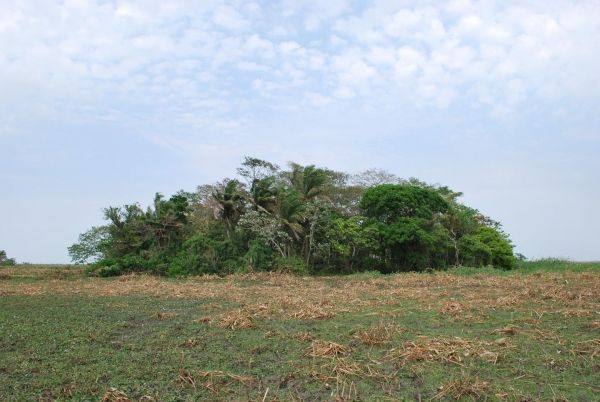As agriculture emerged in early civilizations, crops were domesticated in four locations around the world — rice in China; grains and pulses in the Middle East; maize, beans and squash in Mesoamerica; and potatoes and quinoa in the Andes. Now, an international team of researchers have confirmed a fifth domestication area in southwestern Amazonia where manioc, squash and other edibles became garden plants during the early Holocene, starting over 10,000 years ago.
"Our results confirm the Llanos de Moxos as a hotspot for early plant cultivation, and demonstrate that ever since their arrival, humans have caused a profound alteration of Amazonian landscapes, with lasting repercussions for habitat heterogeneity and species conservation," the researchers report today (Apr. 8) in Nature.
The Llanos de Moxos is a savannah of approximately 48,700 square miles located in the Beni Department of Bolivia in southwestern Amazonia. The landscape is dotted by earthworks, including raised fields, mounds, canals and forest islands. The researchers looked at the forest islands located within the vast savannah for signs of early gardening.
"We basically mapped large sections of forest islands using remote sensing," said José Capriles, assistant professor of anthropology, Penn State. "We hypothesized that the regularly shaped forest islands had anthropic origin.
Read more at Penn State
Image: Forest island in the Bolivian Llanos de Moxos, one of the sites where archaeologicalexcavations revealed the existence of Early and Middle Holocene human occupations including burials. (Credit: José Capriles, Penn State)


